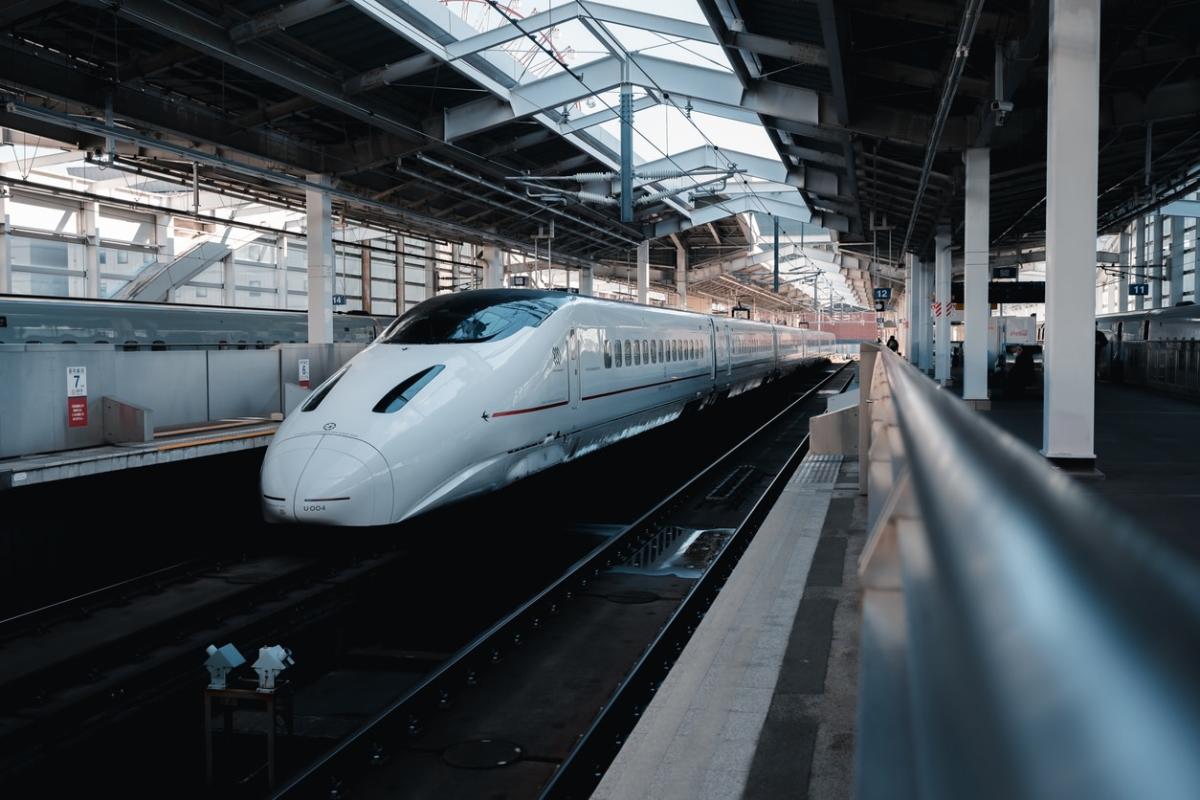
The Canadian government has announced plans for a high-speed train between Québec City and Toronto, CBC News reported.
The project, when completed, will allow Canadians and visitors to travel between the two cities in a scant three hours, as opposed to the five-and-a-half hours the trip takes by car, all while having less of a negative impact on the health of our planet.
In order to achieve speeds of roughly 186 miles per hour — double the speed of the trains currently run by Via Rail, Canada’s national transportation agency — the new train will run on a newly built electrified track. The government has not yet announced when it expects the line to be completed.
Would having access to a high-speed train change how often you use public transit?
Absolutely
Probably a little
Not much
Not at all
Click your choice to see results and speak your mind
Pierre Barrieau, a lecturer in transportation planning at the Université de Montréal and consultant at Gris Orange, told CBC News a high-frequency train that didn’t offer a significant improvement in travel time wouldn’t have been “a transformation in mobility.”
Advertisement
Advertisement
“We’re building a project like this for [the next] 150 years,” he said. “Canada deserved better than a high-frequency train.” He added the line could help pay for itself by reducing the need to build new highways and airports.
Studies have shown trains — especially those that run on electrified tracks — produce the smallest amount of planet-overheating air pollution per passenger when compared to cars and airplanes.
Watch now: How the NBA is making layups in the sustainability game
In addition, people tend to enjoy riding in trains much more than they like driving themselves or going through security and being squashed into an airplane seat. In countries with robust high-speed rail systems — most notably China, but also others — tourists are constantly making glowing TikTok videos about what an easy, nice time they had zipping between cities.
Canadian transit advocates hope this high-speed line is the first of many for the country. The hope is that “once you finally get it somewhere, another corridor all of a sudden springs up,” said Paul Langan, founder of the High Speed Rail Canada advocacy group.
Join our free newsletter for weekly updates on the latest innovations improving our lives and shaping our future, and don’t miss this cool list of easy ways to help yourself while helping the planet.
EMEA Tribune is not involved in this news article, it is taken from our partners and or from the News Agencies. Copyright and Credit go to the News Agencies, email news@emeatribune.com Follow our WhatsApp verified Channel





